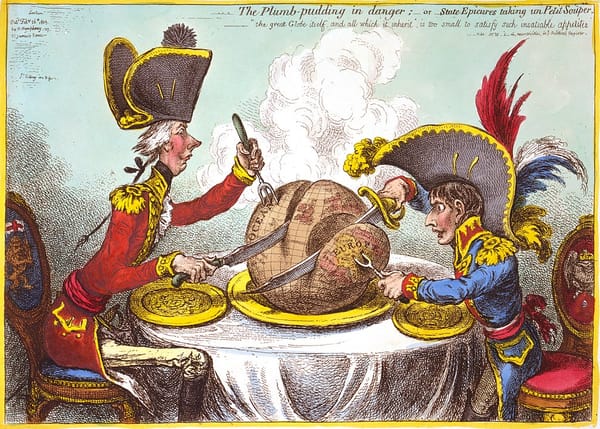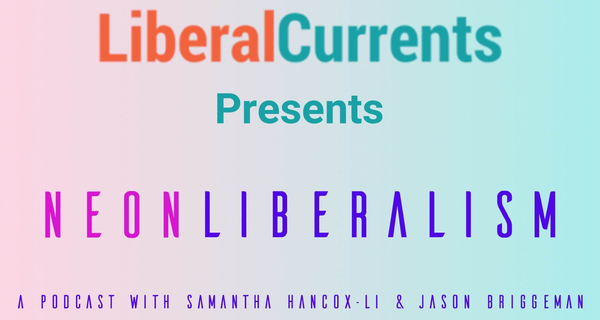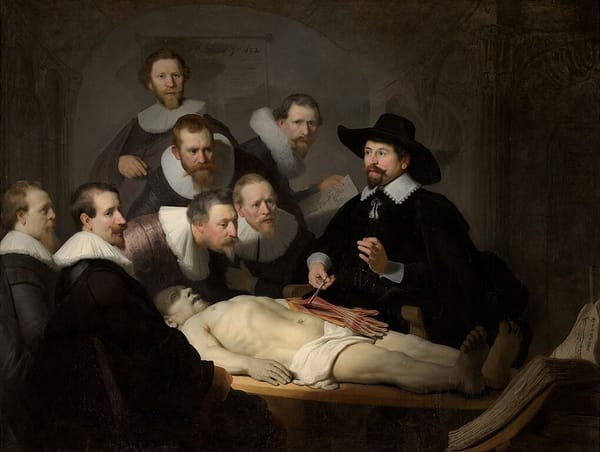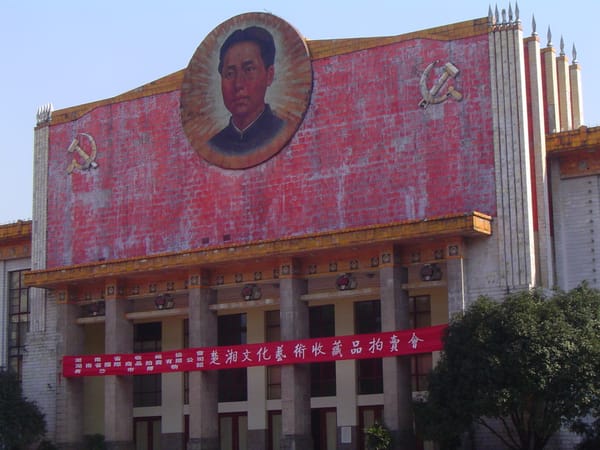Identity Pluralism and the Indian Left: A Complicated Story
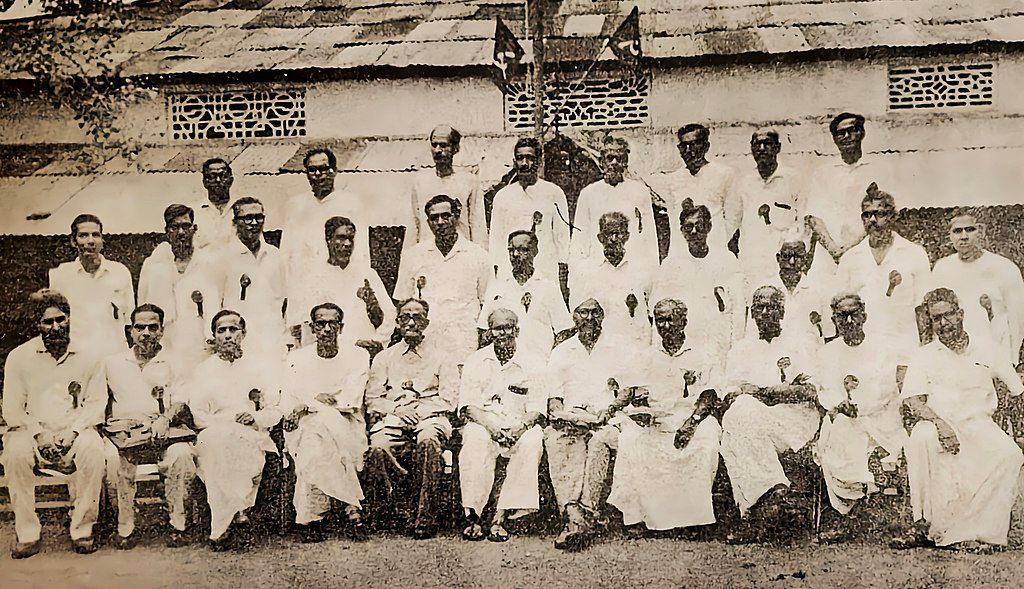
The recent outlook for Indian secularism hasn’t been optimistic. General disappointment within the left abounds in our state institutions, and violent attacks from the right continue apace. Neither these facts, nor the recent judicial abdications in the face of them, are particularly surprising or new. What was shocking was the fact that a bench of non-Muslim justices could take upon themselves the task of interpreting a Muslim holy text for the sake of limiting constitutional rights of Muslim women. The absurdity of this entire farce is evident to anyone.
In January, a Karnataka-government run school prohibited Muslim girls from wearing hijab, the name for the cloth used for Muslim head-covering. Understandably, protests broke out nearly immediately. As if to punish this assertion of dissent, other schools started banning head-coverings for Muslim students too. India, having a robust judicial culture, if not a robust judiciary, soon saw this controversy taken to the highest court in the state. Astoundingly, the Karnataka High Court prohibited Muslim students from wearing the hijab (well, all religious clothing; this will be important later) in all public schools until they could pronounce a judgement. An expansion that went further than even the state government’s actions! And now, a few days ago, the Karnataka high court has come out with a whopper of a judgement: the hijab is not an essential part of Islam (“India court upholds ban on Hijab in schools and Colleges”)! Having pronounced their views on the nature of Islam, this vaunted judicial protector of rights against state overreach ultimately decided that the state has the legal authority to ban wearing the hijab in its entirety from educational institutions.
When Hindutvadis defended the Bharatiya Janata Party’s (BJP) toxic brand of nationalism just a few years ago, they claimed that Indian secularism was one of pluralism, where different faiths could participate by virtue of their own religious reasons. They opposed this to the uniform, repressive model of French secularism. Of course, it is evident to anyone that this is not true any longer. This judicial decision exemplifies the asymmetry of power implied in this Hindutvadi vision of secularism: Hindu justices overrule the religious beliefs of Muslim women by enforcing norms that are formally neutral but substantively discriminatory. This discriminatory aspect occurs in two phases: only Muslim women are barred from wearing their religious dress, and also, only Muslim women are barred from wearing their religious dress. Was, after all, the Hindu male’s sacred thread banned as well by the court’s initial order? Hypothetically, yes, but the hijab is in the field of vision, in the enforcer’s gaze, while the Hindu thread is hidden away. No crackdown manifested. Similarly, the calculation of non-necessity for the hijab opens up to the possibility of regulation of the sacred thread as well. But executive decision-making for the BJP government in Karnataka is not interested in regulating religion, it is interested in regulating Muslim religion.
The fact of the hijab’s sheer visibility offers a challenge to the Hindu nationalist government, which is challenged by the existence of its Muslim minority, and seeks to control its identity by targeting Muslim women, for whom oppression is doubled over itself; a multiplication of identities that excludes them from larger Indian society while simultaneously affirming the repression of their agency within their communities through fixing identities in opposition to the BJP’s politics. Politics such as this does not want to see sincere religious belief, but wants to replace them with fixed identities, so as to prevent resistance and reform from forming internally. See, what we said is true, these Muslims hate us and hate their women by forcing them to adopt X. We are saving them.
But what is happening here is not just politics, but something embedded deeper into the Indian milieu, something that structures Indian politics in the first place. For the hijab’s visibility does not just discomfit the Indian right; it also discomfits the Indian left.
Those of us on the left would love to believe that the country was a beautiful haven of religious liberty and freedom before the demonic BJP demolished Babri Masjid and entered into politics to permanently change it. This nostalgia for this pre-BJP history is coupled with idolization of the Congress or the CPI(M) and similar groups. There’s a fundamental problem here: the BJP didn’t arise ex nihilo. It arose under conditions laid out by the left. Obviously, the “real” left’s assertion would be that this was the expected response of its abdication of anti-capitalist struggle in favor of neoliberalization of the Indian economy. This is simply a myth. There is something deeper, something more dangerous baked into our idea of India itself that produced the BJP. Hindutva is a product of the process of identity-creation that occurred in post-colonial India. It is the dark underside of the Indian left wing project brought to the surface, in presently partial form, but at an increasingly violent pace.
Let’s start with that object of international left adulation: the CPI(M). An almost unique example of long-term communist success, the CPI(M) in Kerala has turned that state into possibly the highest developed one in the entire country. A resounding success, any would agree. But the CPI(M) does not merely exist in Kerala. Before the Kerala faction came to dominate the party, attention was lavished on the West Bengal faction. For much of its history, the West Bengal faction was what one would think of when they thought of the CPI(M). A successful democratic communist party! It seeks land reforms! Obviously good, right? A decline of poverty from 54.9% to 24.7% is plainly a triumph (India Human Development Report 2011, pp. 266-7). But as Chakraborty (2019) points out, “LF’s success in the reduction of poverty cannot be ignored. However, we should simultaneously admit that there remain significant disparities in poverty reduction between urban and rural areas as well as between different social groups, the rates of poverty being higher among SCs, STs and Muslims.”
You can already see the contradiction implicit in an ostensibly left political economy. Despite egalitarian motives, the Left Front’s development strategy was structured in such a way that it reproduced inequalities in wealth distribution. Chakraborty (2019) further points out that development was centered around urban areas, leaving behind rural areas as severely underdeveloped. Most damning, of course, is Aleaz (2019) in the same volume. Before illustrating a policy of deliberate exclusion in the rhetoric of the Left Front in mentioning religious issues since its first election, it also points out that the Rajinder Sachar Committee found that Muslims in West Bengal were worse-off than Dalits nationally. Even more stunningly, Muslims in West Bengal were worse off than Muslims in Gujarat, which had just had an Islamophobic pogrom 3 years ago. So much for egalitarianism. The first mention of the West Bengal government’s duty to religious minorities came in 2008. It is shocking that the most powerful left-wing government in India did not recognize religious minorities in its policy for thirty years, by any standard of left wing egalitarianism. It is even more shocking that after thirty years, they were doing worse than their compatriots in a state where a violently Hindu supremacist government led by Narendra Modi was in power.
The differential success of the Left Front in West Bengal and the Left Front in Kerala in minority politics is explained away in Desai (2001) as a result of pre-colonial political strategies employed by communist organizers in the two states, with Keralite organizers using the pre-existing apparatus of the Congress to pursue entryism while Bengali organizers chose to practice outside. Combined with concerted effort to break down social caste and religious barriers, the Keralite communists were much more successful than their Bengali counterparts. There is a Gramscian tenor to her argument, where the political society and civil society of Kerala are intimately tied together in such a manner that power is decentralized and distributed to the “publics” of Kerala so as to come close to a sort of participatory democracy. But what’s more interesting in Desai is the exploration of the underlying conditions of these two states. In Kerala, caste/class polarization would be akin to what is classically apparent in understandings of Indian caste sociology, hegemonic castes maintaining ownership over land while marginalized castes were turned into subalterns whose only existence was in relation to the hegemony. The dissolution of boundaries sufficed to destroy the nexus of caste/class in Kerala. Indeed, caste boundaries were already breaking down when the Keralite left began its programme. In West Bengal, however, rich farmers (known as jotedars) were drawn from the same castes as their poorer, more marginalized tenants. The Keralite strategy would seem impossible here as caste solidarity triumphed over class solidarity.
To me, what is interesting here is the counterintuitive conclusion that from the fact that class and caste correspondence was dissolved in Bengal, arises a situation where class politics is rendered caste politics. We here reach something similar to the position of many subaltern subjects in the modern West as opposed to the classical exploitation mechanism found in Kerala. Just like antisemitism crossed a transversal across all Jews regardless of social class, just as structural racism affects rich and poor African-Americans, casteism and Islamophobia in West Bengal became part of a matrix of oppression that included class but always was in excess of it. Third-wave feminists have discovered the insight that oppressions are multiplicative and it is necessary to overthrow all systems in order to overthrow one system of oppression. This is routinely ignored by progressive governments around the world. But what is worse for the Left Front in West Bengal was that it adamantly excluded discussion of these oppressions from its program, let alone de-emphasizing them in favor of class politics.
The Left’s dominance over Bengali political life for over 30 years had a structuring effect in turn on society. By rendering invisible particular political identities, the Left government affected subject groups in totality, organizing them on a field of class-distinctions as opposed to any other identity-distinctions. In Birth of Biopolitics, Foucault laments the lack of a socialist governmentality. To this, I would say, the CPI(M)’s production of an entire population around class is arch-socialist governmentality! The summit of classical socialism, where a proletarian class is produced by the “annihilation” of other identities, where state resources that affect the very life of the people are distributed on an axis of class alone, amounts to a stunning exercise of biopower, the power over populations, over lives that states hold (Foucault 2020 (1976)).
This control over lives is doubled over itself: one a control of subtlety, reliant on technologies of resource distribution, and another that renders itself visible in violence. Once you exclude an identity X from political consideration, you render their possessors qua X as non-subjects, excluded from politics if they assert their identities. They are not citizens. My distaste for Agamben aside, it would be fair to say that this is a classic state of exception, where two regimes of law operate for minorities in Left Bengal: as Indians obviously deserving of rights, but as Dalits, as Muslims, they have no rights. The Marichjhapi massacre is a violent testament to this, where perhaps thousands of Dalit migrants who were promised welfare and social support were murdered in cold blood by a Left government (Haldar 2019). Their description of the victims? “Illegal occupants”.
The Left government in West Bengal was more illustrative of the Left in India, including the pre-liberalization Congress, than the Left in Kerala. The Naxalbari uprising occurred in the context of significant oppression of caste and religious minorities that were ignored by the entirety of the Left. They festered and blew up as the Left doubled down on its denial of subjectivity and agency to people holding these identities, instead constructing political discourses which actively excluded them, creating a feedback loop that could only result in greater revolt. This also led to increasing fragmentation of the Left itself, as regionalist parties appealing to specific identities started chipping away. Another feedback loop, now it was ok to assert minority interests in an Indian political world where the dominant groups were still not attacked by the Left parties in power. This threat of identity-affirmation led to right wing death squads in Bihar and Jharkhand, it led to severe reactions against the Dalit and Muslim friendly Janata Dal government and its Mandal Commission (a rare example of minoritarian power at the Indian center) and eventually culminated in the demolition of the Babri Masjid, and the path we now find ourselves in.
My point is not that the Left is responsible for the BJP’s crimes today. My point is that the Congress, the Socialist Left, for all of them the very visibility of minoritarian markings was (and still is, to a large extent) a distraction from their own models of politics, which are extremely exclusionary and violent. There is no perfect utopia to return to before the BJP. The Indian politics we have today is a direct lineage and indeed a result of national political parties now opposed to the BJP, and it is hard to ignore complicity in this. After all, in order to be better than the BJP, it is necessary to act better.
References
Saaliq, S. (2022, March 15). India court upholds ban on Hijab in schools and Colleges. CTVNews. Retrieved March 17, 2022, from https://www.ctvnews.ca/world/india-court-upholds-ban-on-hijab-in-schools-and-colleges-1.5819629
Chatterji, R., Basu, P. P., & Chakraborty, S. (2020). Lost Decades? Human Development in West Bengal with Special Focus on Health. In West Bengal under the left, 1977-2011 (pp. 157–159). essay, Routledge, Taylor et Francis Group.
Chatterji, R., Basu, P. P., & Aleaz, B. (2020). Muslims, Christians and The Left in Bengal. In West Bengal under the left, 1977-2011 (pp. 223–242). essay, Routledge, Taylor et Francis Group.
Desai, M. (2001). Party Formation, political power, and the capacity for reform: Comparing left parties in Kerala and West Bengal, India. Social Forces, 80(1), 37–60. https://doi.org/10.1353/sof.2001.0062
Foucault, M. (2020). Society must be defended: Lectures at the College de France, 1975-76. PENGUIN Books.
Halder, D. (2019). Blood island: An oral history of the Marichjhapi Massacre. HarperCollins Publishers.
Featured Image is First Central committee of CPI(M)

